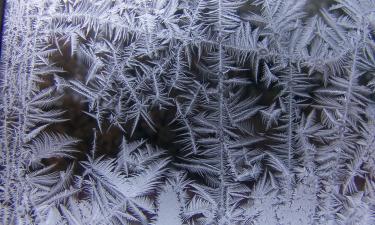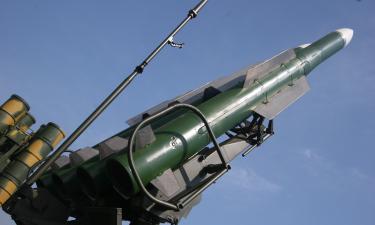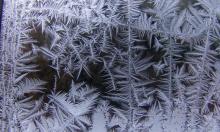American Salmon, a cancer causing time bomb?
 American farm raised salmon are showing high levels of industrial-strength fire retardants in their fat tissue.
American farm raised salmon are showing high levels of industrial-strength fire retardants in their fat tissue.
This comes just after the explosive discovery of high levels of mercury that was also found in salmon.
In addition, high levels of PCBs and PBDEs are also being found in salmon. The cause of the contamination is not fully known yet, but it is raising some very serious questions by the US Food and Drug Administration.
PCBs, or polychlorinated biphenyls, have been banned for decades, but are still being used in computers, and other electronic gear, to foam seat cushions and synthetic fabrics. The PBDEs leach out of products, and it is still unclear as to mechanism but PBDEs are turning up in almost everything from household dust to a women's breast milk.
Salmon from Oregon and British Columbia, are showing levels at more than 2 parts per billion and 4 parts per billion, respectively. The toxicity of the chemicals, called polybrominated diphenyl ethers or PBDEs will harm neurological development and function in babies and young children.
The mounting evidence demonstrates that PBDEs are in the environment and moving up the food chain quickly. PBDEs, PCBs, and mercury, build up in the fatty cells of the fish - which in turn is eaten by humans and other marine mammals such as the orca whale.
It is recommended that if a person wants to eat salmon, a person must start by removing the skin from the fish and use a cooking method that allows fat to drip off so as to reduce exposure to the harmful chemicals.
Salmon is good source of protein and fatty acids needed by humans, and scientists are recommending that people not stop eating the fish – just that one needs to take some extra precautions while preparing the fish.
Subscribe to Pravda.Ru Telegram channel, Facebook, RSS!





